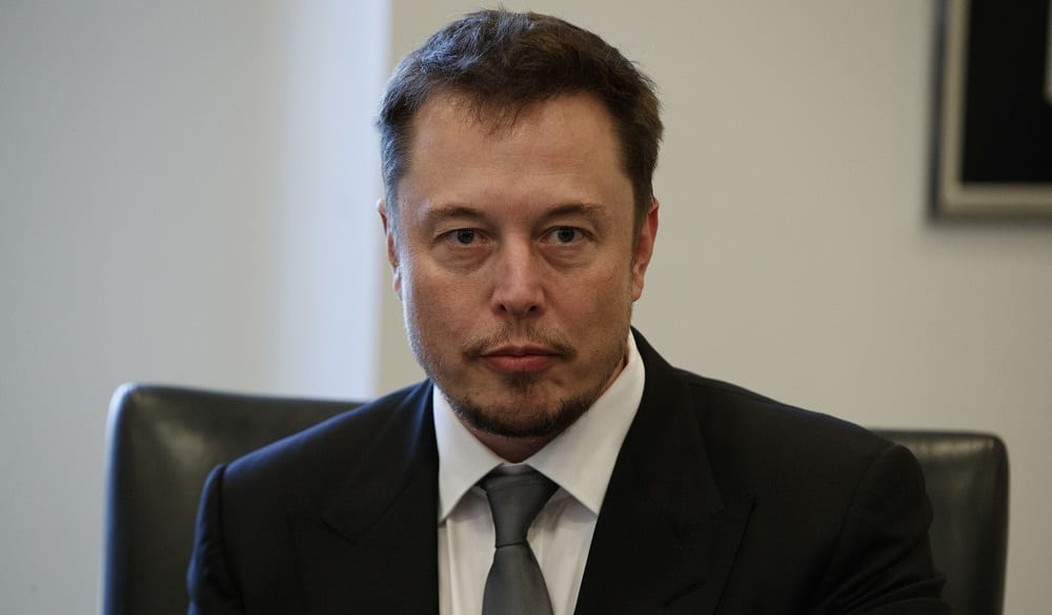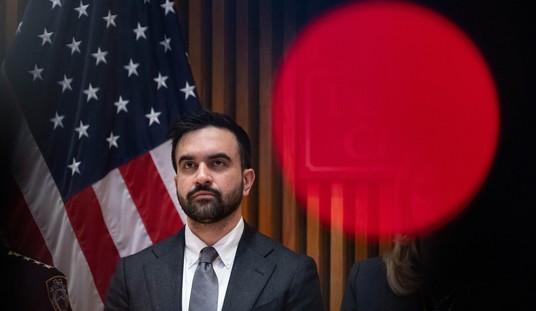
Entrepreneur Elon Musk’s passion is the future. So much so that he is funding projects from vehicles to traffic solutions to space exploration. But technology is not the only thing the billionaire is interested in when it comes the future. Musk is also investing in the people who will one day build that technology.
The website Artstechnica is reporting that Musk has been operating a secretive, highly-exclusive private school at SpaceX headquarters since 2014.
For the past four years, this experimental non-profit school has been quietly educating Musk’s sons, the children of select SpaceX employees, and a few high-achievers from nearby Los Angeles. It started back in 2014, when Musk pulled his five young sons out of one of Los Angeles’ most prestigious private schools for gifted children. Hiring one of his sons’ teachers, the CEO founded Ad Astra to “exceed traditional school metrics on all relevant subject matter through unique project-based learning experiences,” according to a previously unreported document filed with the US Internal Revenue Service (IRS).
“I just didn’t see that the regular schools were doing the things that I thought should be done,” he told a Chinese TV station in 2015. “So I thought, well let’s see what we can do. Maybe creating a school will be better.”
In an atmosphere closer to a venture capital incubator than a traditional school, today’s Ad Astra students undertake challenging technical projects, trade using their own currency, and can opt out of subjects they don’t enjoy. Children from 7 to 14 years old work together in teams, with few formal assessments and no grades handed out.
The school emphasizes math and sciences. No music or arts education and no languages (Musk feels language barriers will be completely erased by translation technology). It is estimated it holds around 40 students that include Musk’s sons and the children of SpaceX employees.
Musk completely funds the school but his generosity comes with it’s own set of rules.
The flipside of that generosity is that Ad Astra reflects some of Musk’s more idiosyncratic views. The school says it has a “heavy emphasis” on science, math, engineering and ethics. It does not teach sports or music at all, and languages fall by the wayside because Musk believes we will all soon have immediate, real-time computer-aided translation, according to Dahn.
There is also a focus on the rise of artificial intelligence (AI), which Musk famously fears more than nuclear weapons. One module in Ad Astra’s curriculum is called Geneva, where teams research and debate a range of ethical and geopolitical problems. “We run simulations that include AI, which is a huge issue the kids are going to deal with in their lifetime,” says Dahn. “We’ll talk about how to regulate different AI teams, nation states and corporations. Kids are fascinated about these sorts of things.”
Another module, called A-Frame, involves fabricating everything from weather balloons to battling robots to “blowing shit up,” says Dahn. For the robot competition, the children asked whether they could have a flamethrower or use electromagnetic pulse technology in their designs. “The answer’s always yes,” laughs Dahn. “You know, until you destroy the school.” Earlier this year, Musk offered a flamethrower for sale through his Boring Company tunneling project.
In keeping with Silicon Valley’s mantra of creative destruction, Ad Astra rewrites its curriculum anew each year – with the students deciding about half the subject matter themselves. Current projects include environmental policy, space exploration, and North Korea. A weekly assignment called Folio calls for intensive research into one particular subject. One week, it could be the cruise industry, the next, gentrification.
The educational focus and vision of the school is fascinating to read about and the Atrstechnica article is well worth your time. You can and should read it here.
However, what is even more fascinating about Musk’s foray into education is that it purposefully bucks the traditional public school model of education. While traditional schools and teacher’s unions tell us that the model just needs tweaking (and more money…always more money), the nation’s greatest minds and wealthiest entrepreneurs are so convinced that the current model is broken they are putting their own money and time into creating new models.
This is something that those of us in the school choice movement have been saying for years. If we want to be a nation of innovators we must continuing innovating our educational models. Also, as the demographics of America change so should our approach to educating children. The point is – education should never be static. Unfortunately the current system that pits teacher unions against parental input and choice has made flexibility in public education nearly impossible.
Head of the school Joshua Dahn says that the idea of Ad Astra is to interrupt the common perception of schooling.
“The traditional system is very passive,” says Dahn. “I ask parents what percentage of their time at elementary school was thoughtfully spent. We hear an average of 35 percent from most. And that’s an atrocity, right? That we are wasting children’s time… The day [here] is dense. There’s really no down time.”
Naturally there are those who feel that any public school might over the same innovation in education if they only had enough money.
Some experts hope that he soldiers on. “I wish that public schools had the resources to use some of [Musk’s] ideas, especially abandoning idiotic standardized testing and lockstep instruction and allowing students to pursue their passions,” says Diane Ravitch, research professor of education at New York University. “Musk should use some of his wealth and power to free the public schools from the heavy hand of testing. Otherwise the school is a rich man’s toy.”
What Ravitch – and others like her – ignore is that we could solve the problem of “idiotic standardized testing” and it’s consequences by embracing a system of choice that does not force one standard of education on an entire, diverse population. If parents were released from the geographical limitations of public schooling and instead allowed to embrace schools that cater to the areas of their particular child’s strengths America might have an abundance of Ad Astras’s that don’t need the wealth of an Elon Musk to survive. Wealth wouldn’t matter to quality education if public school monies followed the child instead of the zip code.
For now it is unclear what will happen to the school once the last of Musk’s sons graduate (the program only runs through junior high).
In 2016, pupils gave presentations to staff at the UCLA, followed by the University of Southern California in 2017. “Getting an A or a B [is] not true feedback,” says Dahn. “It’s totally useless. This is all about… what merit have you earned through your work, what are you able to do [and] what skills do you truly have?”
That is a question Ad Astra’s oldest students, including two of Musk’s sons, aged 14, could face as they graduate to traditional high schools this September. “These Ad Astra kids who have gone through intensive creative problem solving and are used to having a say at school [will be] thrown back into a traditional system… where every minute is planned for you,” says Dahn. “I think there may be some insurrection in their future.”
One thing is for sure – from colonizing other planets to crafting education Elon Musk has no intention of letting the future just happen.
Musk wants to happen to the future.













Join the conversation as a VIP Member